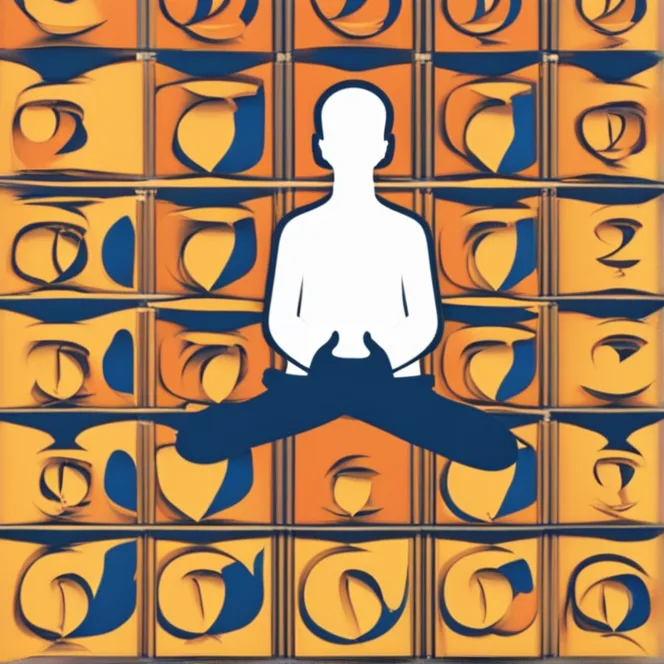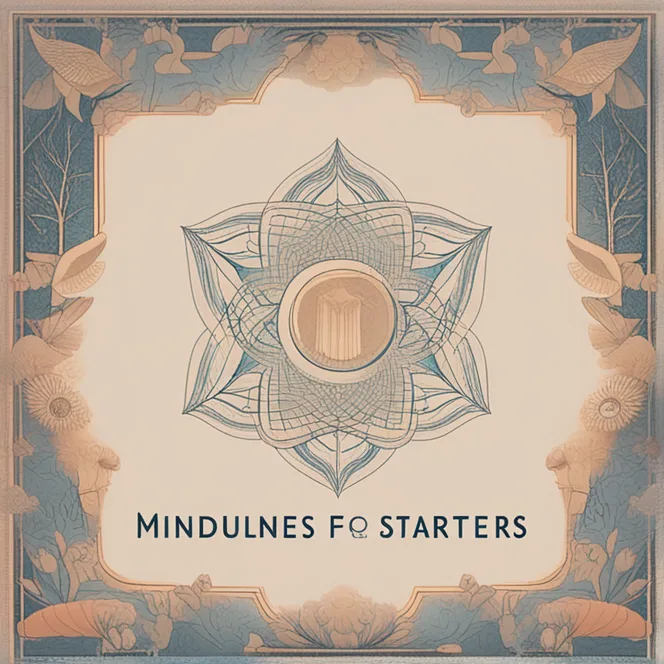
Mindfulness For Starters: A Guide
Discover simple meditation techniques for beginners to foster mental peace and enhance spiritual growth.
article by Hina Kurosawa
Meditation is often shrouded in the misconception that it requires specific skills or belongs exclusively to the realm of the spiritual. However, meditation is a universal practice that is accessible to everyone, offering a plethora of benefits such as improved focus, stress reduction, and emotional well-being. If you are new to this practice, fear not; this article will guide you through basic techniques ideal for starters. By dedicating a modest portion of your day to meditation, you can begin a journey towards greater mindfulness and inner peace. The key is patience and consistency, so let's explore these beginner-friendly practices together.

The Breath as an Anchor
One of the most straightforward yet profound techniques for novice meditators is breath-focused meditation. Sit or lie down in a comfortable position, close your eyes, and simply observe your breath. Notice the way your chest rises and falls, the sensation of air passing through your nostrils or mouth, and the rhythm of your breathing. When your mind wanders—as it naturally will—gently guide your attention back to your breath without judgment. This practice can help you build concentration and find calmness amidst a storm of thoughts.

Body Scan for Presence
Body scanning is another accessible technique for beginners, which promotes increased bodily awareness and presence. Begin at the top of your head and slowly bring your focus down through each part of your body, all the way to your toes. Pay attention to different sensations, such as tension, warmth, or relaxation, without trying to change them. This method can be remarkably soothing and is especially useful for those who carry stress in their muscles.

Visualizations for Clarity
Visualization or guided imagery can be a powerful tool to direct and calm the mind. In this technique, you imagine a peaceful scene, such as a serene beach or a quiet forest glade. Engage all your senses to deepen the experience—see the golden rays of the sunset, hear the rustle of leaves, feel the soft sand beneath your feet. This manner of meditation can engender a sense of tranquility and help you momentarily step away from the stresses of everyday life.
Mindfulness in Daily Life
Practicing mindfulness does not necessarily require you to set aside a specific time for meditation. It can be integrated into your daily activities. Simple acts like mindful eating, where you savor each bite attentively, or mindful walking, where you notice the sensation of each step, can be forms of meditation. This approach encourages you to be fully engaged in the present moment, whatever you may be doing.

Loving-Kindness for Compassion
Metta or loving-kindness meditation is a gentle way to cultivate compassion towards yourself and others. Sit comfortably and silently repeat phrases of goodwill, such as "May I be happy, may I be healthy." Gradually extend these wishes to loved ones, acquaintances, strangers, and even those with whom you have difficulty. This practice can open your heart and help dissolve negative emotions like anger and resentment.
Consistency trumps duration when it comes to meditation. It is more beneficial to meditate for a few minutes each day than to have longer, sporadic sessions. Start with five to ten minutes daily and slowly increase the time as you grow more acquainted with the practice. Stay patient and compassionate with yourself as you navigate the initial hurdles of a wandering mind. With time, the periods of stillness and focus will naturally lengthen.
Published: 12/11/2023
Modified: 12/11/2023
More predictions
Come back here soon to learn more about yourself and your future



